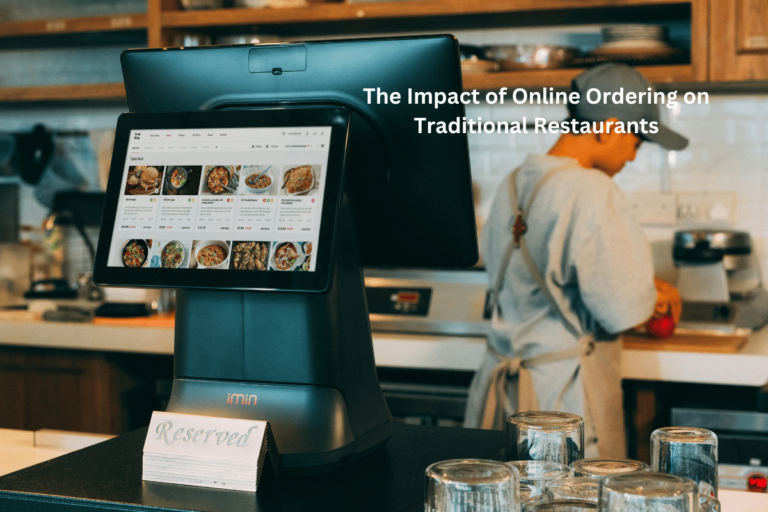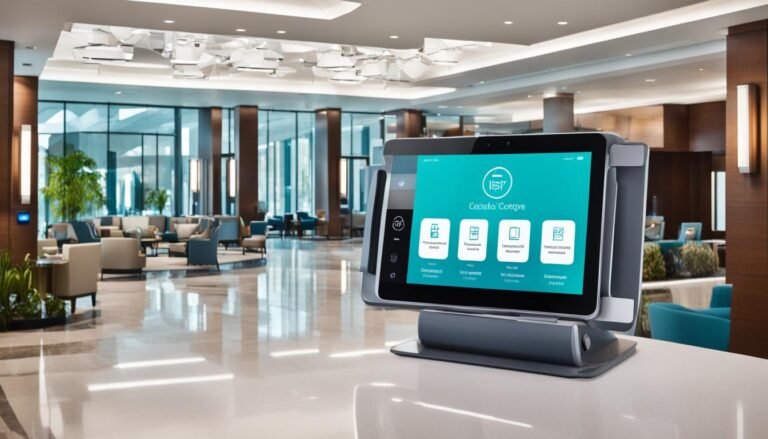Protecting Your Brand: Effective Strategies for Beverage Product Destruction
Product destruction is when a business destroys its unsold, unused, expired or otherwise unusable inventory. This practice protects the business from legal action resulting from someone using a product that is no longer considered approved or in sellable condition. Food and drink disposal laws are a lot stricter for obvious reasons since they have a shorter shelf life and are consumed directly into the body. Here is how to protect your brand and use effective strategies for beverage product destruction.
Efficient Sorting
Beverage product destruction is about the packaging as much as it is about the liquid inside. A business should create a flawless and seamless system of manual or automated sorting of different materials into different containers. If all the different materials such as tin, glass bottles, cardboard packaging, plastic bottles and so forth are sorted correctly, they can then be destroyed adequately using crushing, recycling, incineration or waste-to-energy, as the business deems fit.
Resource recovery matters to most businesses as they do not want to be needlessly wasteful. Tin cans for example can be recycled endlessly for hundreds and hundreds of years, therefore most beverage companies that sell in cans are sure to sort responsibly to reuse tin metal.
Circular Economy
Many products that are destroyed simply end up in landfills or even worse, the ocean. Any business that markets itself as sustainable or responsible will seek to avoid this happening. If liquid beverages are destroyed responsibly and the packaging is reused to create new products then materials can be kept away from the landfill. The business can either recycle beverage packaging or by-products themselves or engage another business to do so, therefore contributing to the circular economy instead of just creating waste.
Revamp Packaging
There comes a time in every product’s life cycle when it has to be revamped in order to maintain its demand or compete with a new rival that has emerged in the market. Companies respond to this marketing pressure by redesigning the layout of packaging or making additions to the ingredients list in beverages or so forth.
In this case, some old products will need to be destroyed and their packaging recycled to reflect the new design. This can drastically increase sales and benefit the brand by increasing its market share. The same applies for expired beverages that have remained unsold due to demand falling for them.
Abiding By The Rules
The methods of beverage destruction used need to comply in entirety to state or federal laws, not just to protect the consumers but also the environment. This can prevent permits being revoked or legal issues happening. The aim is to protect animal habitats and the surrounding ecosystem, prevent needless pollution and still protect the consumer from consuming an expired or unfit beverage product.
Beverages have a shelf life that does not apply to other consumer goods such as clothes or furniture (although those products may be destroyed for different reasons) so it is vital to get rid of expired stock so it is never recalled. Recalled products can be a marketing and PR nightmare as they can reduce a business’s credibility, demand and overall customer trust.
Conclusion
Since beverage product destruction is a necessity in business operations, efforts must be made to ensure recyclable materials are duly reused and non-reusable materials are disposed of as safely as possible to minimize their risk to people and the environment. This protect the brand image of the business and keep operations running smoothly with no unused or unsold inventory backing up their storage and supply. Beverage destruction can be outsourced to a specialized company if the business thinks investing in proper destruction equipment is too great an investment.







